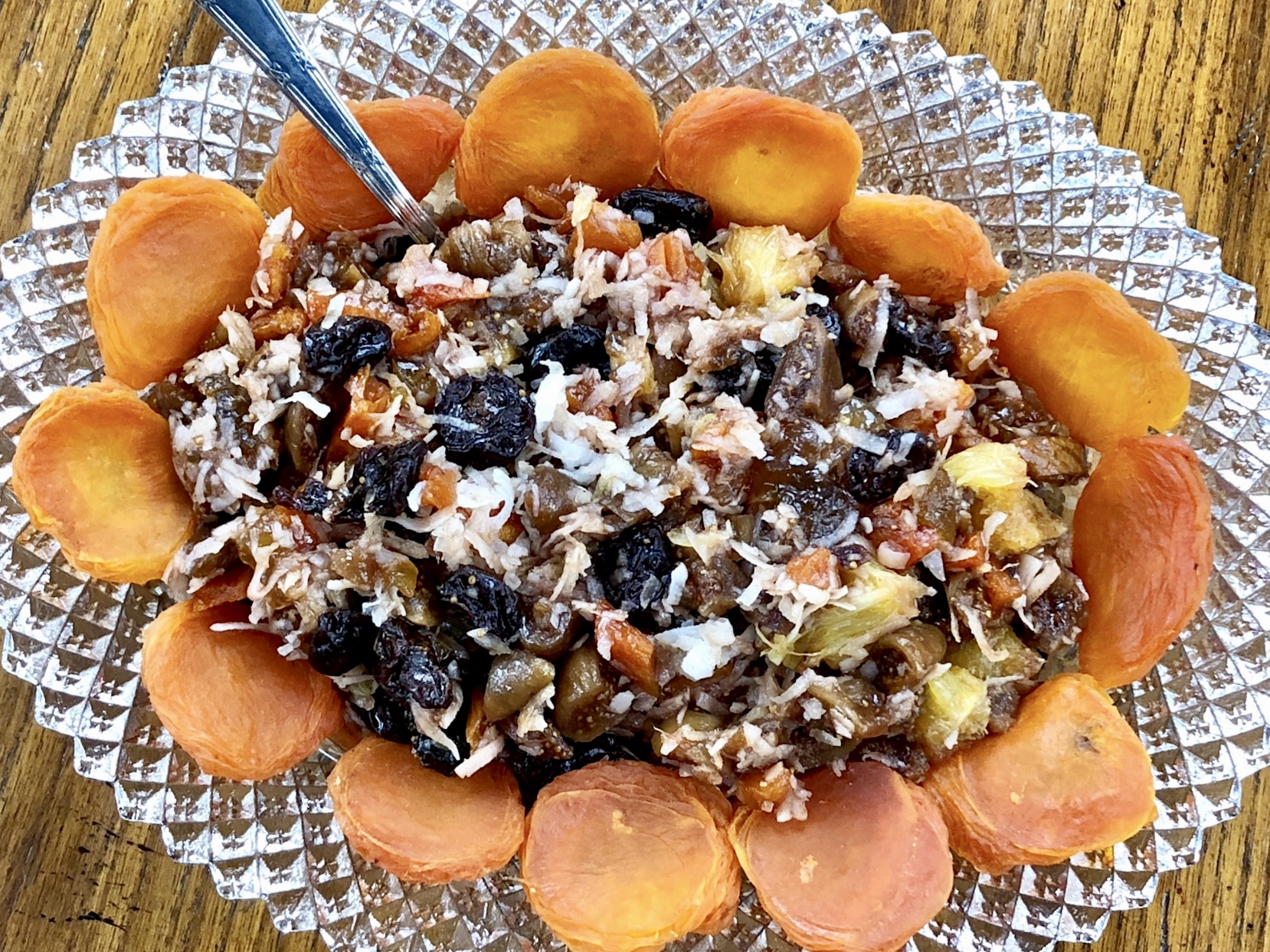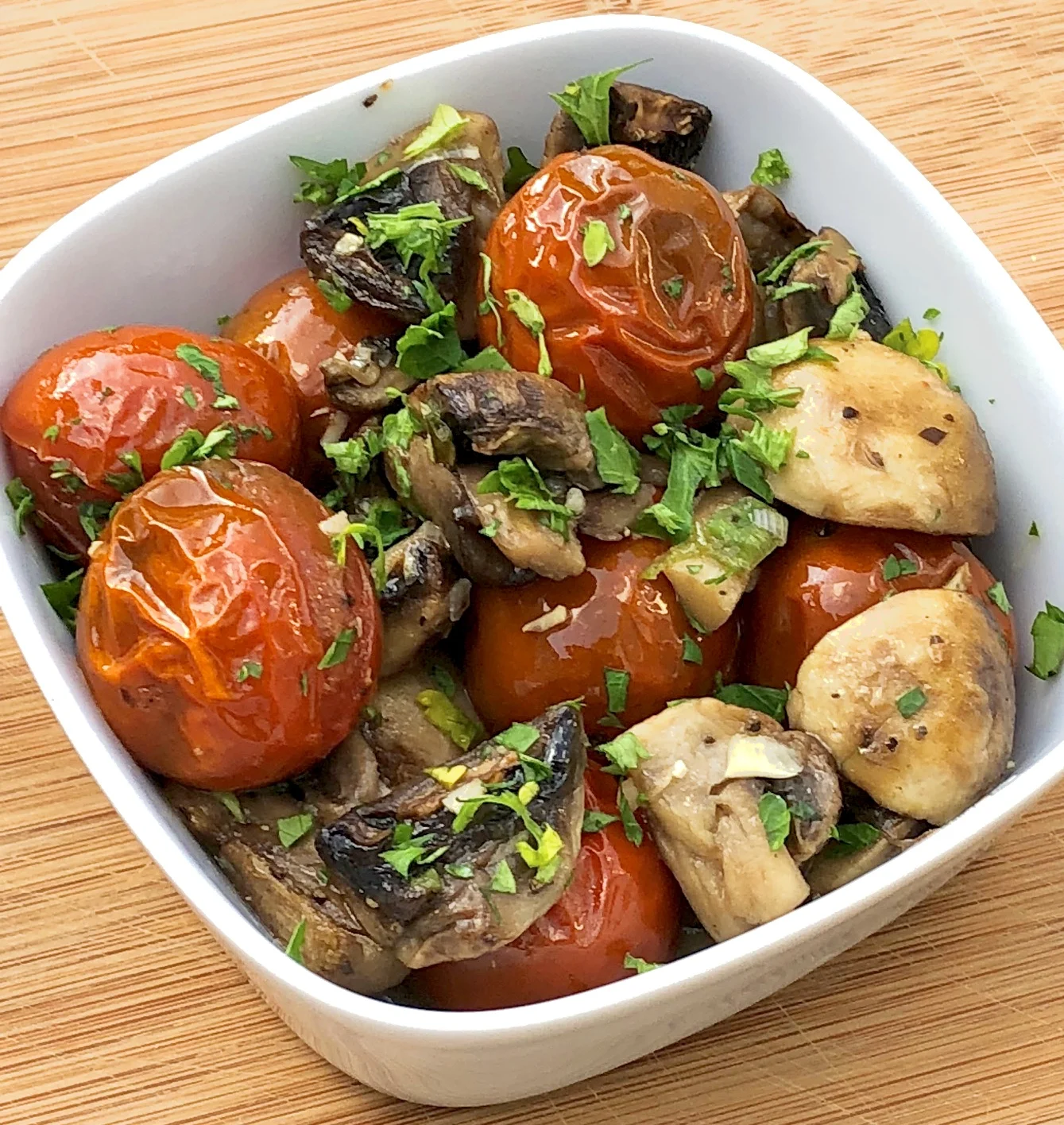I love the internet. I love it for all the information I can find, sometimes instantly. I can get a recipe for Shakshuka, discover how to get chocolate stains out of a tee shirt or find out who won the Academy Award for best actress in 1987.
Mostly, I can find old friends and make new ones.
I met Sharon Lurie because of the internet. She lives in Johannesburg, South Africa, halfway around the world from me in Connecticut. She’s a fellow food writer and cookbook author ("Cooking with the Kosher Butcher’s Wife" and "Celebrating with the Kosher Butcher’s Wife").
Someone I know gave me Sharon’s email address and when Ed and I planned our trip to South Africa earlier this year I emailed her out of the blue and asked if she’d meet me. She couldn’t have been more gracious. She and her husband invited us for Shabbat dinner, which we couldn’t accept because we had some birthday plans with our cousins who were traveling with us. But instead of saying “okay, maybe next time” Sharon came —bearing gifts — to visit us the next day at our hotel.
She brought a perfectly wonderful apron (which I have already splashed with tomato sauce, bread flour and other assorted food particles) and several hunks of Dry Wors (a salami-like sausage), Krakelwurst (like kielbasa) and Biltong (beef jerky, South African style), which the four of us gobbled and nibbled over the course of the next several days. She is the butcher’s wife after all!
Of course, she brought her two cookbooks (autographed). The recipes in the first book (“Cooking with …”) are proof that just because you come from a family of butchers it means you eat fancy meat all the time and also, just because the meat you eat is kosher it has to be boring, tough and dry as dust. So it includes such goodies as Stuffed Breast of Veal with Roasted Pumpkin and Spiced Sunflower Seeds as well as Lemon-Kicked Lamb Shanks.
The second book (“Celebrating with …”) focuses on the big Jewish holidays: Shabbat, Pesach, Shavuot, Rosh Hashanah, Sukkot, Chanukka and Purim.
Both books have beautiful photos and easy recipes. And after reading through them since we got home, I’ve decided to add a couple of the “Celebrating with …” recipes to my Passover meals this year. Seder dinners can be huge food fests — mine usually are — which makes Sharon’s recipe for Mexican Matzo Salad a big winner because this salad is light, colorful and festive looking too. It fits perfectly into my menu. I’ve printed it below (using a few formatting changes from the original).
My thanks to the internet for allowing me to find a new friend.
My thanks to Sharon for your generosity, friendship, gifts and terrific recipes!
Mexican Matzo Salad (from “Celebrating with the Kosher Butcher’s Wife” by Sharon Lurie)
Garlic Matzo Strips
1/2 cup vegetable oil
1 teaspoon crushed fresh garlic
pinch of salt
4 matzos
Guacamole
2 avocados, peeled and chopped
2 tablespoons lemon juice
1 teaspoon crushed fresh garlic
salt and pepper to taste
Fresh Salsa
1 large red onion, peeled and chopped
2 medium tomatoes, chopped
1 bunch fresh coriander (cilantro), finely chopped
1 English cucumber, finely chopped
salt and pepper to taste
Preheat the oven to 180 degrees C (350 degrees F). To make the Garlic Matzo Strips, mix the vegetable oil, garlic and salt in a bowl and allow to stand for a few minutes. Paint each matzo with the garlic oil and place on a baking sheet. Bake for 5-10 minutes or until golden and crispy. Meanwhile, make the guacamole and salsa.
To make the guacamole, blend or mash together the avocados, lemon juice, garlic and salt and pepper to taste. Refrigerate until needed.
To make the salsa, mix the red onion, tomatoes, coriander, cucumber and salt and pepper to taste. Place the mixture in a colander or sieve and press to extract as much liquid as possible.
Break the matzos in half and layer first with guacamole, then salsa (alternatively, you can serve the guacamole and salsa in separate bowls and have people serve themselves each to place on matzo strips).
Makes 6-8 servings










